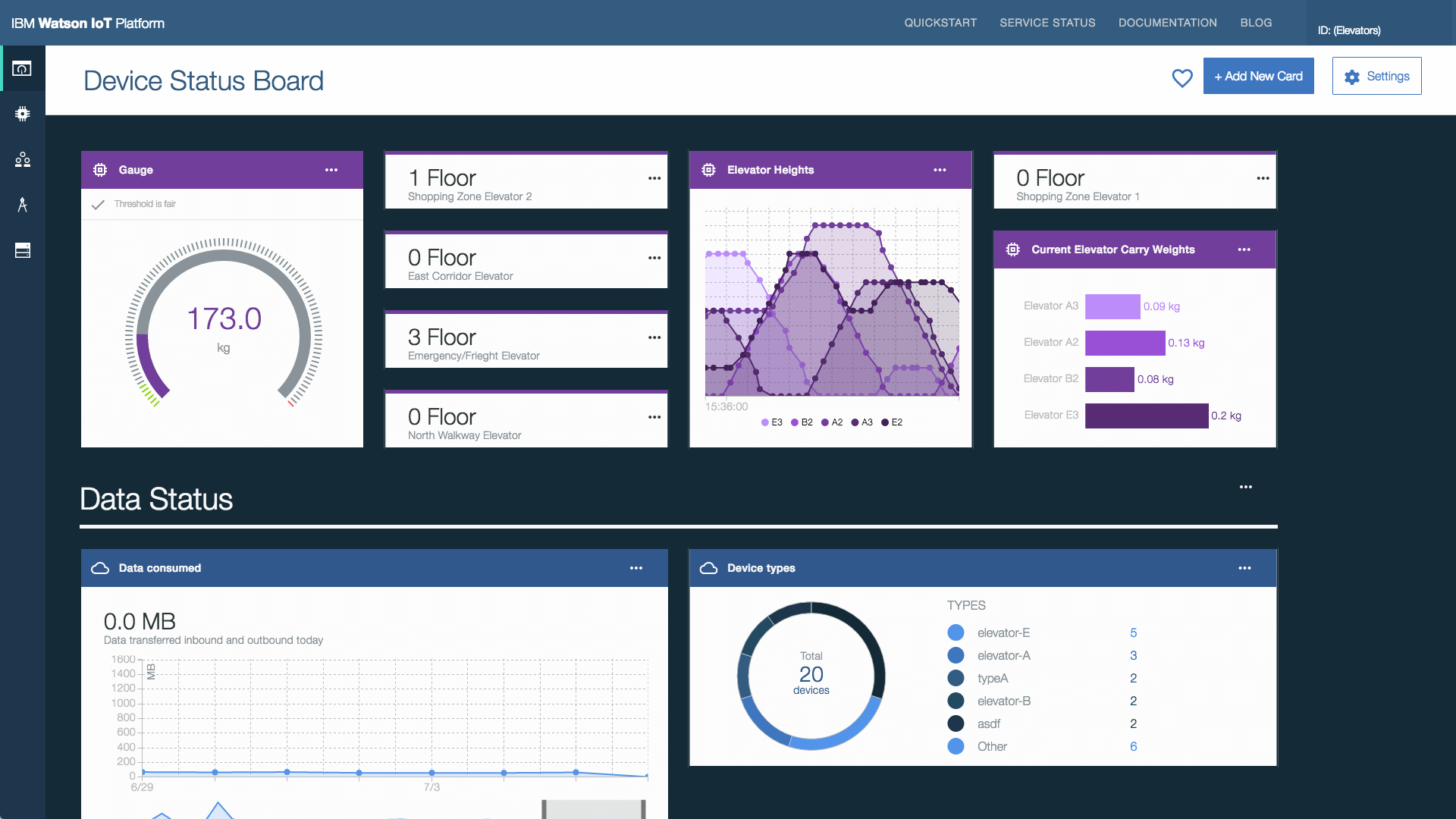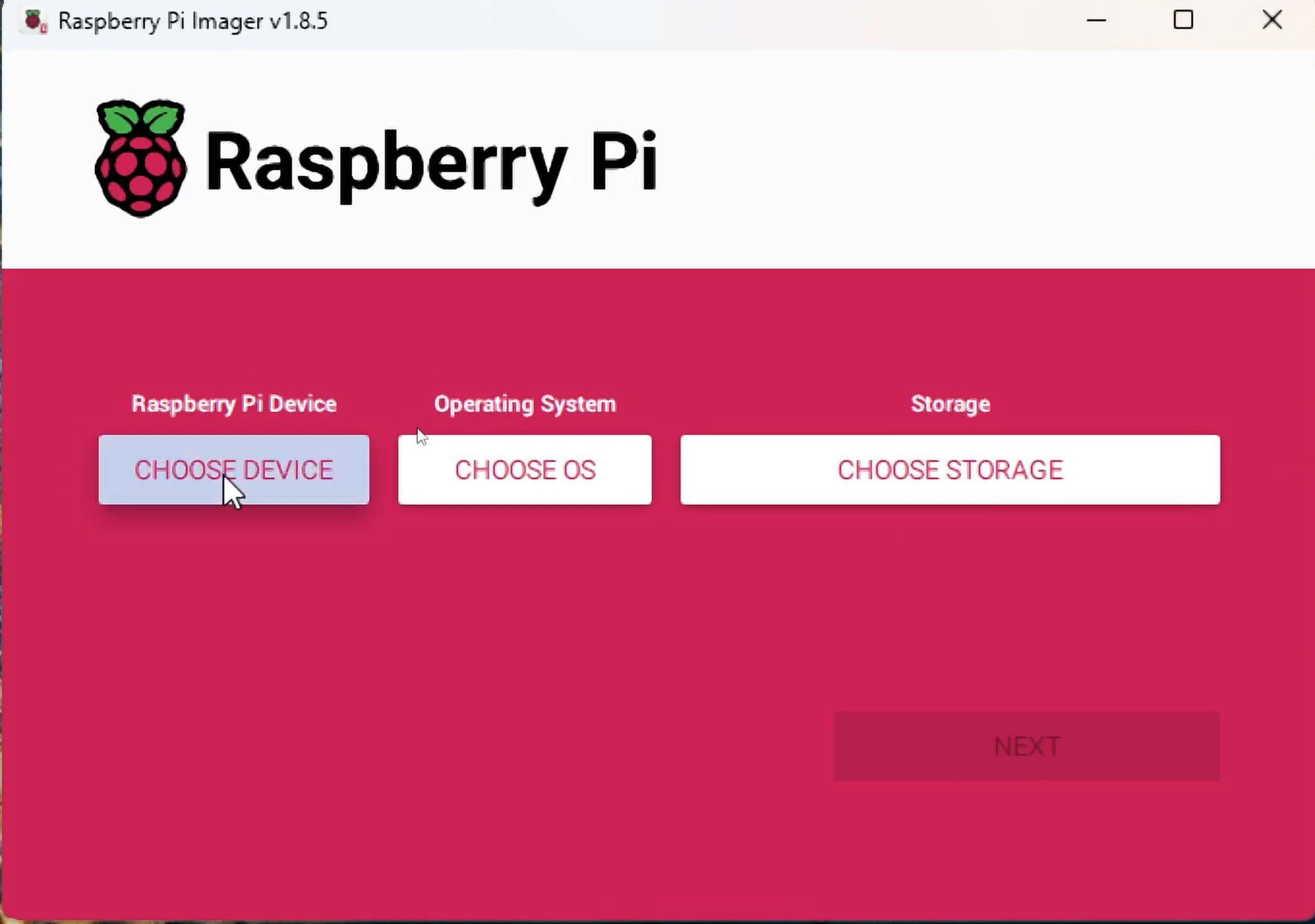Unlock The Power Of Remote IoT Platform SSH Download Free On Windows 10
Listen up, tech enthusiasts! If you're diving into the world of IoT (Internet of Things) and remote connectivity, you've landed on the right page. The concept of a remote IoT platform SSH download free for Windows 10 is not just a buzzword—it’s a game-changer. Imagine controlling smart devices from anywhere, accessing servers remotely, or managing your home automation systems without lifting a finger. This is where remote IoT platforms come in, powered by SSH (Secure Shell). Let’s break it down, shall we?
Now, you might be wondering, what exactly is SSH? Think of it as a secure tunnel that allows you to connect to devices or servers over the internet without compromising your data. It’s like having a private line to your IoT gadgets, ensuring no one else can eavesdrop on your activities. With the rise of remote work and smart living, having a reliable remote IoT platform is essential. And guess what? You can get it for free on Windows 10.
In this article, we’ll deep-dive into everything you need to know about downloading and setting up a remote IoT platform using SSH on Windows 10. From understanding the basics to troubleshooting common issues, we’ve got you covered. So, buckle up and let’s get started!
Table of Contents
- What is a Remote IoT Platform?
- Why Use SSH for IoT?
- Benefits of Remote IoT Platforms
- How to Download SSH for Windows 10
- Setting Up SSH on Windows 10
- Tools and Software You Need
- Troubleshooting Common Issues
- Security Tips for Remote IoT Platforms
- Real-World Applications of Remote IoT Platforms
- Conclusion: Take Action Today
What is a Remote IoT Platform?
A remote IoT platform acts as the backbone of connected devices, enabling seamless communication between them. Picture this: you’re chilling at a coffee shop miles away from home, but you want to make sure your smart thermostat is set to the perfect temperature. A remote IoT platform allows you to do just that. It’s like giving your devices a brain that works even when you’re not physically present.
Now, let’s talk about why SSH plays a crucial role here. SSH is essentially a protocol that ensures secure communication between devices. When you’re dealing with sensitive data—like home security systems or industrial automation—security is non-negotiable. That’s where SSH shines, offering encryption and authentication to keep your IoT setup safe.
And here’s the kicker: you don’t need to break the bank to set it up. There are plenty of free SSH tools available for Windows 10 that can help you get started without any hassle. Just download, install, and you’re good to go. Easy peasy, right?
Why Remote IoT Platforms Matter
Remote IoT platforms aren’t just a luxury—they’re a necessity in today’s interconnected world. Whether you’re a tech-savvy individual looking to automate your home or a business owner aiming to streamline operations, these platforms offer unparalleled convenience and efficiency. Plus, they’re scalable, meaning you can add more devices as your needs grow.
Why Use SSH for IoT?
Here’s the deal: when it comes to IoT, security is the name of the game. Traditional methods of remote access often leave your devices vulnerable to hackers and cyber threats. That’s where SSH comes in to save the day. SSH offers several advantages that make it the go-to choice for IoT enthusiasts:
- Encryption: SSH encrypts all data transmitted between devices, ensuring no one can intercept your sensitive information.
- Authentication: It verifies the identity of both the client and the server, preventing unauthorized access.
- Reliability: SSH connections are stable and can handle various network conditions, making it perfect for IoT applications.
- Compatibility: SSH works seamlessly with a wide range of devices and operating systems, including Windows 10.
So, whether you’re managing a fleet of smart sensors or controlling a drone from your laptop, SSH has got your back.
Benefits of Remote IoT Platforms
Let’s face it: IoT is all about convenience, efficiency, and innovation. Here are some of the top benefits of using a remote IoT platform:
- Remote Access: Control your devices from anywhere in the world with just a few clicks.
- Cost-Effective: Many remote IoT platforms offer free or low-cost solutions, making them accessible to everyone.
- Scalability: Add as many devices as you want without compromising performance.
- Automation: Set up automated routines to save time and energy.
- Real-Time Monitoring: Keep an eye on your devices and systems in real-time, ensuring everything runs smoothly.
And the best part? These benefits aren’t limited to just one industry. From healthcare to manufacturing, remote IoT platforms are revolutionizing the way we interact with technology.
How to Download SSH for Windows 10
Ready to take the plunge? Downloading SSH for Windows 10 is easier than you think. Here’s a step-by-step guide to get you started:
Step 1: Enable OpenSSH Client
Windows 10 comes with a built-in OpenSSH client that you can enable in just a few clicks. Here’s how:
- Go to Settings > Apps > Optional Features.
- Click on Add a Feature.
- Search for OpenSSH Client and select it.
- Click Install and wait for the process to complete.
Step 2: Download Third-Party Tools
If you prefer a more advanced setup, you can download third-party SSH tools like PuTTY or WinSCP. These tools offer additional features and are widely used in the tech community. Simply visit their official websites, download the software, and follow the installation instructions.
Setting Up SSH on Windows 10
Now that you’ve downloaded SSH, it’s time to set it up. Here’s a quick guide to help you configure SSH on your Windows 10 machine:
Step 1: Open Command Prompt or PowerShell and type ssh to check if the client is working properly.
Step 2: Use the following command to connect to a remote server:
ssh username@server_ip
Step 3: Enter your password when prompted, and voila! You’re connected.
Pro Tip: If you’re connecting to multiple devices, consider setting up SSH keys for passwordless authentication. It’ll save you a ton of time and hassle in the long run.
Tools and Software You Need
When it comes to remote IoT platforms, having the right tools is essential. Here are some of the top tools and software you should consider:
- PuTTY: A popular SSH client that’s easy to use and packed with features.
- WinSCP: Perfect for file transfers over SSH.
- OpenSSH: Built into Windows 10, offering a reliable and secure connection.
- Node-RED: A flow-based programming tool for IoT applications.
These tools will help you streamline your IoT setup and make your life a whole lot easier.
Troubleshooting Common Issues
Even the best-laid plans can hit a snag. Here are some common issues you might encounter when setting up SSH and how to fix them:
- Connection Refused: Make sure the server is running and the IP address is correct.
- Authentication Failed: Double-check your username and password. If you’re using SSH keys, ensure they’re properly configured.
- Timeout Errors: Check your internet connection and firewall settings.
Remember, troubleshooting is all about patience and persistence. Don’t give up if things don’t work the first time. Keep trying, and you’ll get there eventually.
Security Tips for Remote IoT Platforms
Security should always be your top priority when working with IoT devices. Here are some tips to keep your setup safe:
- Use Strong Passwords: Avoid using common or easily guessable passwords.
- Enable Two-Factor Authentication: Add an extra layer of security to your SSH connections.
- Regularly Update Software: Keep your SSH client and other tools up to date to protect against vulnerabilities.
- Limit Access: Restrict SSH access to trusted users only.
By following these tips, you’ll significantly reduce the risk of security breaches and keep your IoT devices safe.
Real-World Applications of Remote IoT Platforms
Let’s talk about how remote IoT platforms are being used in the real world. From smart homes to industrial automation, the possibilities are endless:
- Smart Homes: Control lighting, temperature, and security systems remotely.
- Healthcare: Monitor patients’ vital signs in real-time using IoT devices.
- Agriculture: Use IoT sensors to optimize crop growth and water usage.
- Manufacturing: Automate production processes and reduce downtime.
These applications not only improve efficiency but also enhance the quality of life for millions of people around the world.
Conclusion: Take Action Today
And there you have it, folks! A comprehensive guide to remote IoT platforms and SSH download free for Windows 10. Whether you’re a beginner or an experienced tech enthusiast, this setup can open doors to endless possibilities. So, what are you waiting for? Dive in and start exploring the world of IoT today!
Before you go, don’t forget to leave a comment and share your thoughts. And if you found this article helpful, feel free to share it with your friends and colleagues. Together, let’s make the world a smarter, more connected place!



Detail Author:
- Name : Rhianna Macejkovic
- Username : maggio.kaycee
- Email : marvin.katelin@pfannerstill.biz
- Birthdate : 1995-03-15
- Address : 992 Marks Lodge Apt. 557 New Neoma, WY 91003
- Phone : +1-310-236-4225
- Company : Trantow Group
- Job : Gauger
- Bio : Ut consectetur dignissimos atque ab nisi. Exercitationem voluptas totam enim. Est labore possimus officia. Eaque placeat ea voluptatem harum consequatur.
Socials
tiktok:
- url : https://tiktok.com/@zboncak2004
- username : zboncak2004
- bio : Non quo ea architecto voluptas.
- followers : 1314
- following : 1846
linkedin:
- url : https://linkedin.com/in/gaylord5223
- username : gaylord5223
- bio : Praesentium voluptatem dolorem quia suscipit.
- followers : 6649
- following : 549
facebook:
- url : https://facebook.com/zboncak1984
- username : zboncak1984
- bio : Corporis aut consequuntur iure veniam voluptates.
- followers : 6687
- following : 1078
twitter:
- url : https://twitter.com/zboncakg
- username : zboncakg
- bio : Aperiam perferendis rerum exercitationem architecto laborum sed officiis. Sint hic ut velit voluptates optio.
- followers : 2019
- following : 1898